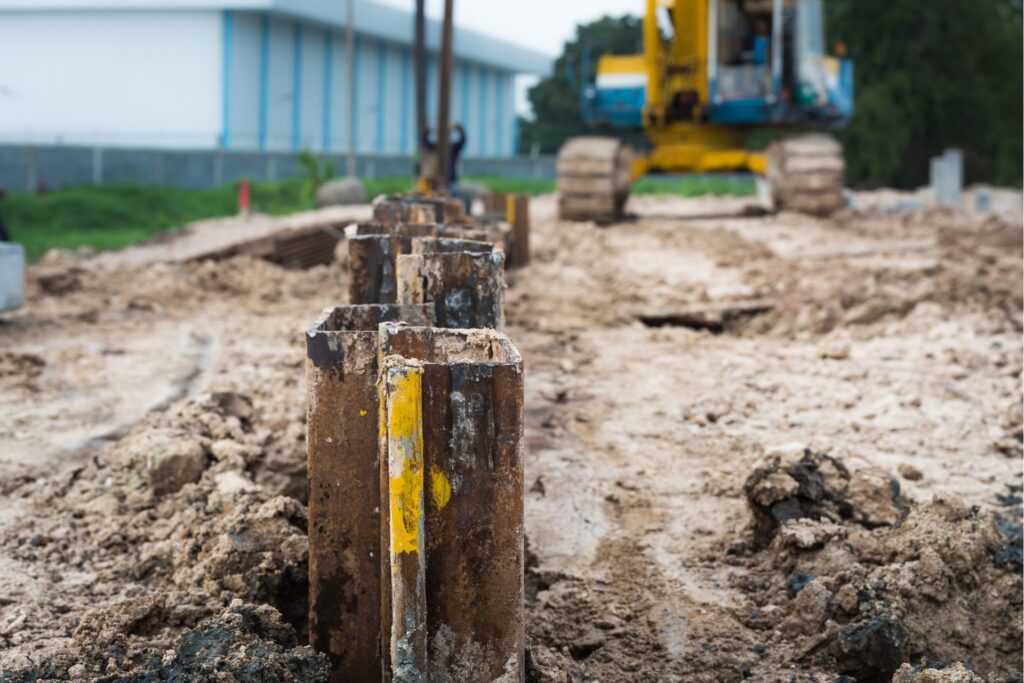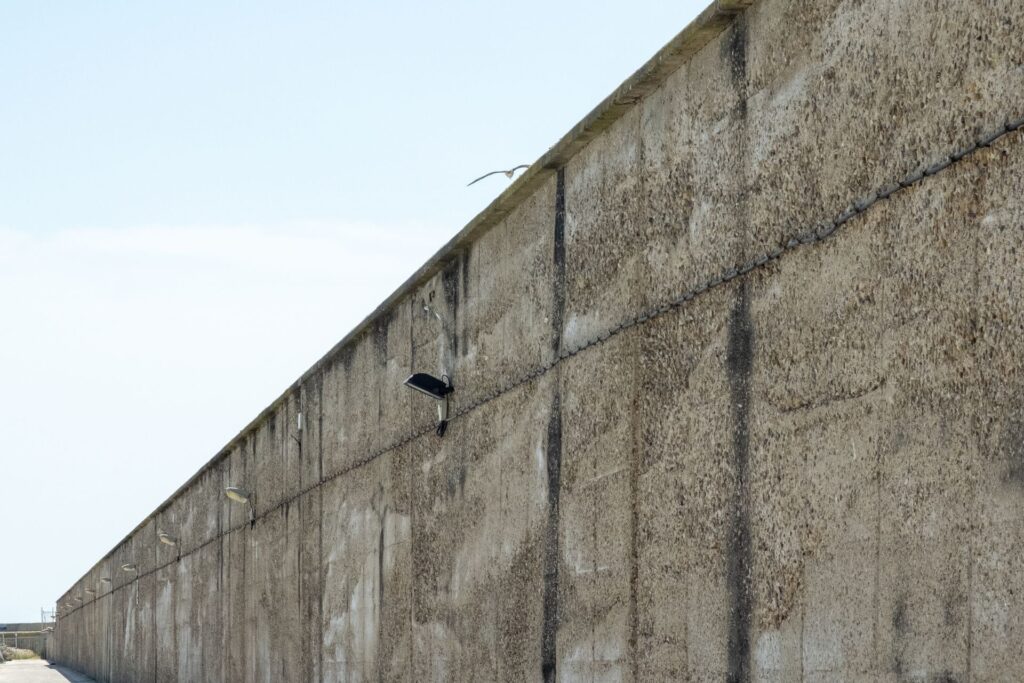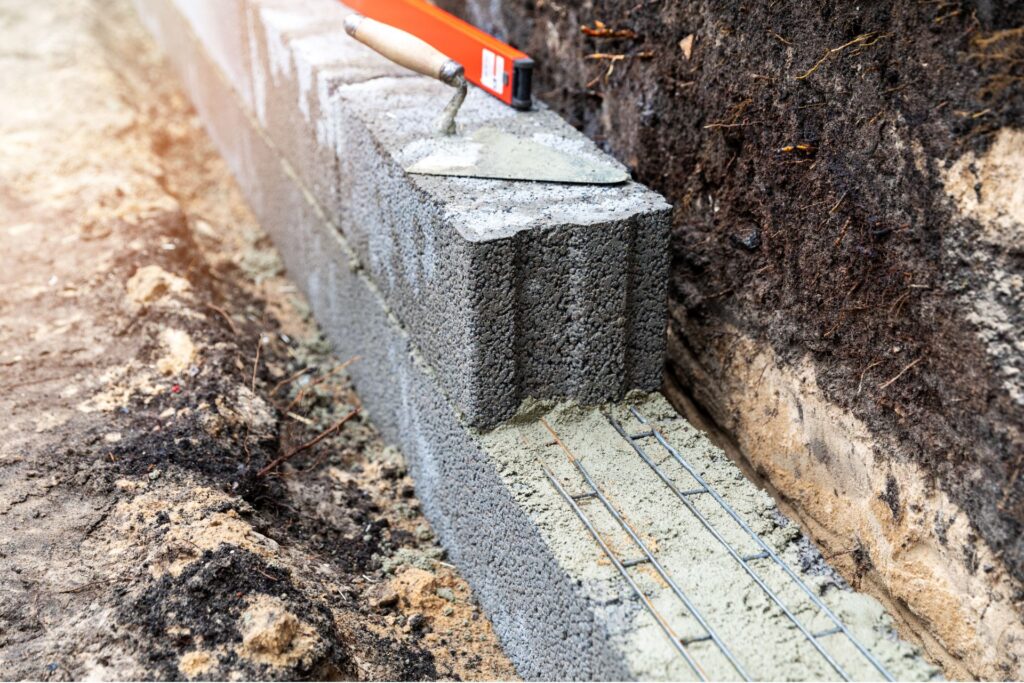Welcome to our comprehensive guide on NZS 3604 retaining walls, where we dive into the vital standards set forth by New Zealand’s building code for constructing safe and durable retaining walls. This article serves as your go-to resource for understanding the specifications, materials, and practices recommended under the NZS 3604:2011, ensuring your construction projects not only meet legal requirements but also stand the test of time and nature. Whether you’re a seasoned builder, a curious homeowner, or a student of architecture, our insights will help you grasp the importance of adhering to these guidelines to maintain safety and integrity in building environments.
NZS 3604:2011 provides detailed guidelines for constructing retaining walls in New Zealand, ensuring safety and compliance with building standards. This standard outlines the essential criteria for materials, design, and construction techniques. Adherence to NZS 3604 is crucial for anyone involved in building retaining walls, as it not only ensures structural integrity but also complies with legal requirements, preventing potential failures and legal issues. Whether you’re a DIY enthusiast or a professional builder, familiarizing yourself with these standards is key to successful and safe retaining wall construction.
- What Is A Retaining Wall?
- Overview Of NZS 3604:2011
- NZS 3604 Guidelines For Retaining Walls
- Materials And Construction Techniques Recommended By NZS 3604
- Common Mistakes In Building Retaining Walls
- DIY Vs. Professional Installation Of Retaining Walls
- Regulatory And Legal Considerations
- FAQs: About NZS 3604 Retaining Walls NZ
- Conclusion
- Find A Professional Retaining Walls Builder Near You!
What Is A Retaining Wall?
Retaining walls are robust structures designed to restrain soil to unnatural slopes. They are used in landscapes to prevent erosion or collapse of higher-level ground onto a certain building, structure, or area. The primary purpose of a retaining wall is to battle gravity; the lateral pressure of the soil must be offset in the design of the wall. By doing so, these walls ensure stability in yards, offer functional support for keeping soil in place, and can also enhance the aesthetic appeal of a garden or structural environment.
Types of Retaining Walls and Their Uses
Retaining walls come in various types and are chosen based on the terrain and the load they need to bear. Below are the most common types of retaining walls, along with their typical applications:
1. Gravity Walls: These walls rely on their own significant weight to retain the soil and stabilize against the lateral pressures of the soil behind them. They are typically made from stone, concrete, or other heavy materials. Gravity walls are particularly suited for shorter landscapes and can be used in residential gardens to hold back soil or in commercial settings for embankment stabilization.
2. Cantilever Walls: Unlike gravity walls, cantilever walls are constructed with a thinner stem and utilize a lever action to provide stability. They are made from reinforced concrete and are designed to handle significant loads, making them ideal for retaining higher volumes of soil. Cantilever walls are commonly employed in commercial construction and roadway overpasses where large-scale soil retention is necessary.
3. Sheet Piling Walls: These are used primarily in soft soil and tight spaces. Sheet piling walls are made of steel, vinyl, or wood planks, which are driven into the ground. This type of wall is suitable for waterfront properties, erosion control, and construction sites where space is limited.
4. Anchored Walls: This option allows for a variety of “fronts” of retaining walls to be supported by anchors that are driven into the earth behind them and attached by cables or rods. Anchored walls are particularly useful in combating very high loads or when the wall must be slender and cannot be designed as a gravity or cantilever wall.
5. Counterfort Walls: Similar to cantilever walls, counterfort walls have additional vertical concrete elements, called counterforts, spaced along the wall that ties the wall slab and base slab together. These are typically used in taller retaining walls where extra reinforcement is needed.
Each type of retaining wall offers unique advantages and is suited for different situations. The selection of a particular type of wall will depend on various factors such as the height of the wall required, the soil characteristics, the space available, and aesthetic considerations.
Retaining walls are a vital component in modern construction and landscaping. They not only prevent soil erosion and landslides but also contribute to the visual appeal and functionality of outdoor spaces. By understanding the different types of retaining walls and their specific uses, property owners and developers can make informed decisions that ensure the longevity and safety of their structures and landscapes. Whether you are looking to enhance your residential property or undertake a large commercial project, choosing the right type of retaining wall is crucial for achieving both stability and style.

Overview Of NZS 3604:2011
New Zealand’s building landscape is shaped significantly by various standards that ensure safety, efficiency, and sustainability. Among these, the NZS 3604 standard holds a pivotal role, especially in the context of timber-framed constructions. This guide offers an in-depth look at NZS 3604:2011, exploring its historical evolution, general scope, and the critical importance of adherence to this standard in construction projects.
The Historical Evolution of NZS 3604
The NZS 3604 standard has undergone several revisions to adapt to the evolving needs of the building industry and to incorporate advances in building technology and practices. Originally developed to establish guidelines for the construction of timber-framed structures, the standard has been periodically updated to reflect the latest research and regulatory requirements. The 2011 revision, known as NZS 3604:2011, is the most recent and widely adopted iteration. It builds on the foundation of previous versions, incorporating improvements in structural design, materials usage, and environmental considerations. The evolution of NZS 3604 is a testament to New Zealand’s commitment to maintaining rigorous building standards that respond to both local environmental factors and international building trends.
Scope of NZS 3604:2011
NZS 3604:2011 is a comprehensive standard that outlines the engineering principles and building practices necessary for the construction of non-specifically engineered timber-framed buildings in New Zealand. It is applicable to residential buildings up to a certain size and complexity, which fall within the scope of low-rise and light timber-framed constructions. The standard provides detailed specifications for building elements like foundations, floor systems, walls, roofs, and cladding, among others.
Key areas covered include
- Load paths that ensure forces are effectively transferred through the building structure.
- Bracing requirements to resist horizontal forces such as wind and seismic activities.
- Construction details for different ground conditions, emphasizing the importance of site-specific designs.
Adhering to NZS 3604:2011 helps builders and architects ensure that their constructions can withstand local weather conditions and seismic activities, which are critical considerations in New Zealand’s unique geographical and climatic context.
Importance of Adhering to NZS 3604 in Construction Projects
Compliance with NZS 3604:2011 is not just about following legal requirements—it also significantly influences the safety, durability, and insurance aspects of a construction project. Buildings constructed according to this standard are more likely to meet higher safety benchmarks and perform better under adverse conditions, such as earthquakes and extreme weather. Furthermore, adherence to the standard affects project insurability and compliance with local council regulations, which can impact the approval process and overall project timelines.
For builders, architects, and engineers, understanding and implementing the guidelines set out in NZS 3604:2011 is essential for ensuring that their projects align with national safety standards, thereby minimizing potential legal and financial risks. Additionally, using a standardized approach helps in maintaining consistency and quality across construction projects, enhancing the overall integrity of the building industry in New Zealand.
In conclusion, NZS 3604:2011 is a cornerstone standard in New Zealand’s building and construction sector, guiding the design and execution of timber-framed structures. Its comprehensive approach ensures that buildings are not only aesthetically pleasing but also structurally sound and resilient in the face of New Zealand’s challenging environmental conditions. As such, it is crucial for professionals in the construction industry to familiarize themselves with the standard and integrate its principles into their building practices.

NZS 3604 Guidelines For Retaining Walls
New Zealand’s building sector relies heavily on standards to ensure safety, functionality, and durability. One crucial standard is NZS 3604, which provides comprehensive guidelines for building low-rise structures, including the construction of retaining walls. This article delves into the specific sections and clauses of NZS 3604 that pertain to retaining walls, highlighting their significance in design and planning.
What is NZS 3604?
NZS 3604 is a standard that outlines the engineering design and construction requirements for non-specifically designed timber-framed buildings in New Zealand. It serves as an accepted non-specific engineering design in compliance with the Building Code, particularly for structures that do not exceed two stories in height.
Key Sections and Clauses for Retaining Walls
Retaining walls are structures designed to restrain soil to unnatural slopes. They are used to bind soils between two different elevations often in areas of terrain possessing undesirable slopes or in areas where the landscape needs to be shaped severely and engineered for more specific purposes like hillside farming or roadway overpasses.
The NZS 3604 standard addresses several critical aspects of designing and constructing a retaining wall, which includes:
1. Material Selection: The standard provides specific guidelines on the types of materials that are suitable for retaining walls, ensuring that the chosen materials will withstand the environmental conditions and loads they will be subjected to.
2. Structural Integrity: It outlines the requirements for the structural design of retaining walls, ensuring they have adequate strength and stability to perform their intended function safely over their service life.
3. Drainage Considerations: Proper drainage is crucial for the longevity and effectiveness of retaining walls. NZS 3604 includes clauses that specify how to design and integrate drainage solutions, preventing water accumulation that could lead to wall failure.
4. Geotechnical Requirements: The standard emphasizes the importance of understanding the soil characteristics and the geotechnical context of the site. This knowledge is essential for designing a wall that can handle the specific pressures and movements of the soil it retains.
Importance of Design and Planning According to NZS 3604 Standards
Adhering to the NZS 3604 guidelines when designing and planning retaining walls is not just a regulatory requirement; it’s a critical measure to ensure safety and functionality. Proper design according to these standards helps to prevent failures that could lead to significant property damage, environmental degradation, or even personal injury.
Planning retaining walls according to NZS 3604 includes thorough site analysis, detailed engineering calculations, and careful material selection. This comprehensive approach ensures that retaining walls are not only functional but also cost-effective and durable.
The NZS 3604 guidelines are essential for anyone involved in the construction of retaining walls in New Zealand. By adhering to the specific sections and clauses related to retaining walls, engineers and builders can ensure that their structures are safe, compliant, and built to last. Understanding and implementing these guidelines is crucial in promoting high standards in the construction industry, safeguarding properties, and protecting lives.

Materials And Construction Techniques Recommended By NZS 3604
When constructing retaining walls in New Zealand, it is crucial to adhere to the standards set out in NZS 3604. This standard provides guidelines for the building of low-rise buildings and structures, ensuring safety, durability, and reliability. In this article, we explore the recommended materials and construction techniques for retaining walls according to NZS 3604, highlighting the importance of professional assessment in making the right choices for your project.
Recommended Materials for Retaining Walls
NZS 3604 specifies several materials suitable for the construction of retaining walls, each with its own set of benefits and considerations:
1. Timber: Timber is a popular choice due to its natural aesthetics, cost-effectiveness, and ease of use. It is essential to select treated timber that can withstand the environmental pressures typical of below-ground applications. H5-treated timber is commonly recommended for direct ground contact, providing long-term resistance to decay and pests.
2. Concrete: Concrete retaining walls are valued for their strength and longevity. Concrete can be utilized in various forms, including precast panels or poured concrete. These walls are particularly effective in stabilizing large amounts of soil and can be engineered to handle significant structural loads.
Both materials should be chosen based on the specific conditions and requirements of the site, including soil type, moisture levels, and the wall’s anticipated load-bearing demands.
Construction Techniques That Meet NZS 3604 Standards
Constructing a retaining wall in line with NZS 3604 involves careful planning and execution to meet the standard’s rigorous demands:
Proper Foundation: The foundation of a retaining wall is critical for its stability and performance. A well-constructed base that drains water effectively will help prevent water pressure buildup, which can compromise the wall’s integrity.
Adequate Drainage: Including adequate drainage solutions, such as weep holes and drainage tiles, is crucial. These features help manage the water flow around the wall to reduce hydrostatic pressure and increase longevity.
Correct Backfill: The choice of backfill material is also significant. It should be compactable, allow for proper drainage, and be free of debris that could cause settling or waterlogging.
The Role of Professional Assessment
Choosing the right materials and construction techniques is not just a matter of following a manual; it requires professional judgment and expertise. Engineers or qualified professionals should assess the site-specific conditions, including soil analysis and topographical features. Their expertise ensures that the retaining wall is not only compliant with NZS 3604 but also tailored to the unique challenges of the site, enhancing both safety and functionality.
In conclusion, adhering to NZS 3604 when building retaining walls involves a detailed understanding of the materials and techniques that will best suit the environmental and structural demands of the project. By consulting with professionals and following the guidelines, you can ensure that your retaining wall is built to last, providing both aesthetic and functional benefits to your property. Whether opting for the natural charm of timber or the robust strength of concrete, your choice must be informed by careful consideration and expert advice.

Common Mistakes In Building Retaining Walls
Building retaining walls is a critical task that requires meticulous planning, execution, and adherence to standards such as the New Zealand Standard NZS 3604. However, mistakes can often occur, leading to significant consequences. Understanding these common pitfalls not only ensures compliance with regulations but also enhances the safety and durability of the construction. Here’s a comprehensive look at the frequent errors made during the construction of retaining walls, their implications under NZS 3604, and the risks they pose.
1. Inadequate Foundations
One of the most critical aspects of retaining wall construction is the foundation. A common error is underestimating the load the wall will need to support, leading to a foundation that is too shallow or weak. This can cause the wall to shift, lean, or even collapse, especially under the weight of soil after rain. According to NZS 3604, foundations should be designed based on the soil type and the load they will carry, ensuring stability and safety.
2. Poor Material Selection
Selecting inappropriate materials for retaining walls can lead to premature deterioration and failure. For instance, using untreated timber in soil with high moisture content can result in rot and structural weakness. NZS 3604 specifies the types of materials suitable for different environmental conditions and stress levels. Using materials that meet these specifications is crucial for the longevity and effectiveness of the wall.
3. Ignoring Drainage Considerations
Water accumulation behind the retaining wall is a common oversight that can have disastrous effects. Without proper drainage, water pressure builds up behind the wall, significantly increasing the load and risk of failure. Proper drainage systems, such as weep holes and drainage tiles, should be incorporated as per NZS 3604 to manage water flow and reduce pressure on the wall.
4. Inaccurate Backfilling
The process of backfilling involves filling the space behind the wall with soil. However, using the wrong type of backfill, like heavy clay or organic soil, can lead to excessive pressure and inadequate drainage. NZS 3604 recommends using granular backfill material that compacts well and allows for proper drainage, thereby supporting the structure’s integrity.
5. Lack of Professional Guidance
Attempting to build a retaining wall without professional input is a significant risk. Structural engineers and experienced builders understand the complexities involved and are essential for ensuring the wall meets NZS 3604 standards. They can provide insights into the best practices for construction and help avoid the common errors that lead to wall failure.
Retaining walls are more than just aesthetic features; they are crucial structural elements that require careful consideration and adherence to standards like NZS 3604. Avoiding these common mistakes in retaining wall construction not only ensures compliance with the standards but also guarantees a safe, durable, and effective structure. Whether you’re a DIY enthusiast or a professional builder, understanding these pitfalls is key to successful retaining wall construction.
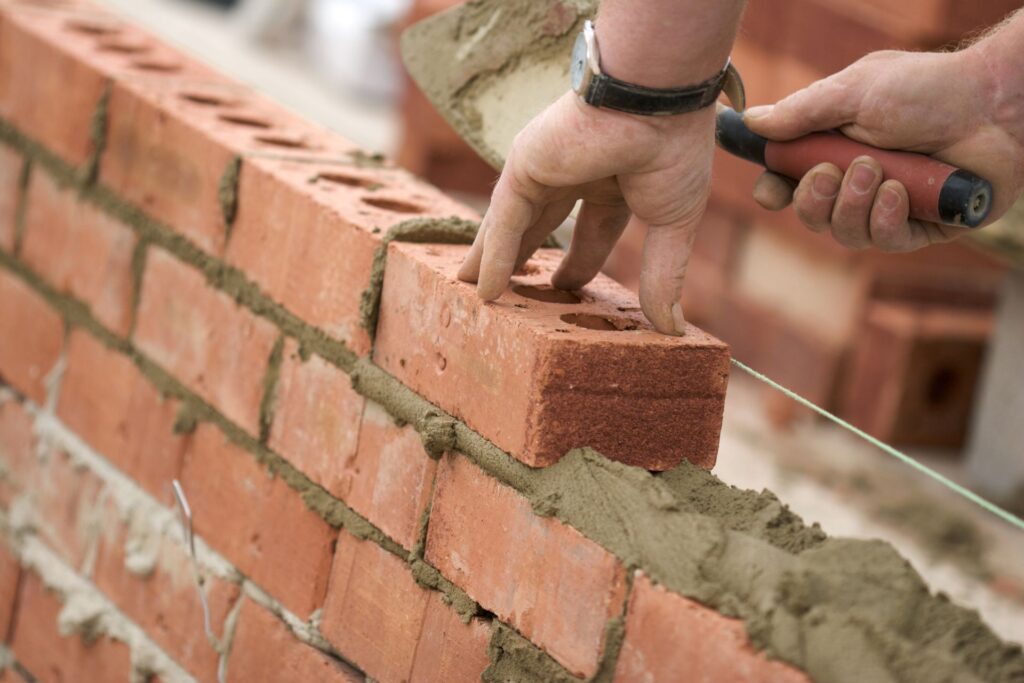
DIY Vs. Professional Installation Of Retaining Walls
When it comes to constructing a retaining wall, homeowners often face the decision of whether to take on the project themselves or to hire professionals. This decision is crucial as it can impact not only the stability and functionality of the retaining wall but also its compliance with local building standards, such as New Zealand’s NZS 3604. Here’s a detailed breakdown of when DIY might be appropriate, what NZS 3604 requires, and the benefits of opting for professional installation.
When is DIY Appropriate for Building Retaining Walls?
DIY projects can be rewarding and cost-effective for those who have the necessary skills and experience. For small-scale projects, where the wall does not exceed certain dimensions (typically around 1.2 meters in height), DIY might be a viable option. Such projects generally do not require engineering input or consent under New Zealand’s building code, provided they meet the specific conditions laid out in NZS 3604.
NZS 3604, which is the standard for timber-framed buildings in New Zealand, also applies to certain types of retaining walls. It specifies construction standards that ensure safety and durability. Homeowners who opt for DIY must thoroughly understand and adhere to these standards. This includes ensuring proper drainage and using the correct materials and techniques to prevent structural failures.
Benefits of Hiring Professionals for the Construction of Retaining Walls
While the DIY approach might appeal to some, there are numerous advantages to hiring professional builders or engineers, especially for more complex or larger retaining walls:
1. Expertise and Experience: Professionals bring a level of expertise that comes from years of training and working in the field. They are proficient in handling various site conditions and can foresee potential challenges that might not be obvious to a DIY enthusiast.
2. Compliance with Local Regulations: Professional builders are familiar with the local building codes and regulations. They can ensure that the retaining wall meets all legal requirements, including those specified in NZS 3604, which can sometimes be complex to interpret and implement.
3. Structural Integrity and Safety: A professionally built retaining wall is more likely to withstand the test of time and adverse conditions. Professionals use appropriate engineering principles and high-quality materials to ensure the safety and durability of the wall.
4. Cost-Effectiveness in the Long Run: While hiring professionals may appear costly upfront, it can be more cost-effective in the long run. Properly built walls require less maintenance and are less likely to need costly repairs due to failures or compliance issues.
5. Time-saving: Building a retaining wall can be time-consuming, especially if you are learning as you go. Hiring professionals can significantly speed up the process, allowing you to focus on other aspects of your landscaping or home improvement projects.
Deciding between DIY and professional installation of a retaining wall depends largely on the scale and complexity of the project, as well as the homeowner’s skills and experience. While DIY projects are suitable for smaller, less complex builds, professional expertise becomes crucial for larger, more complex retaining walls that require adherence to strict standards like NZS 3604. Ultimately, the choice should ensure the safety, legality, and longevity of the retaining wall, making the most of your investment while enhancing your property’s landscape.
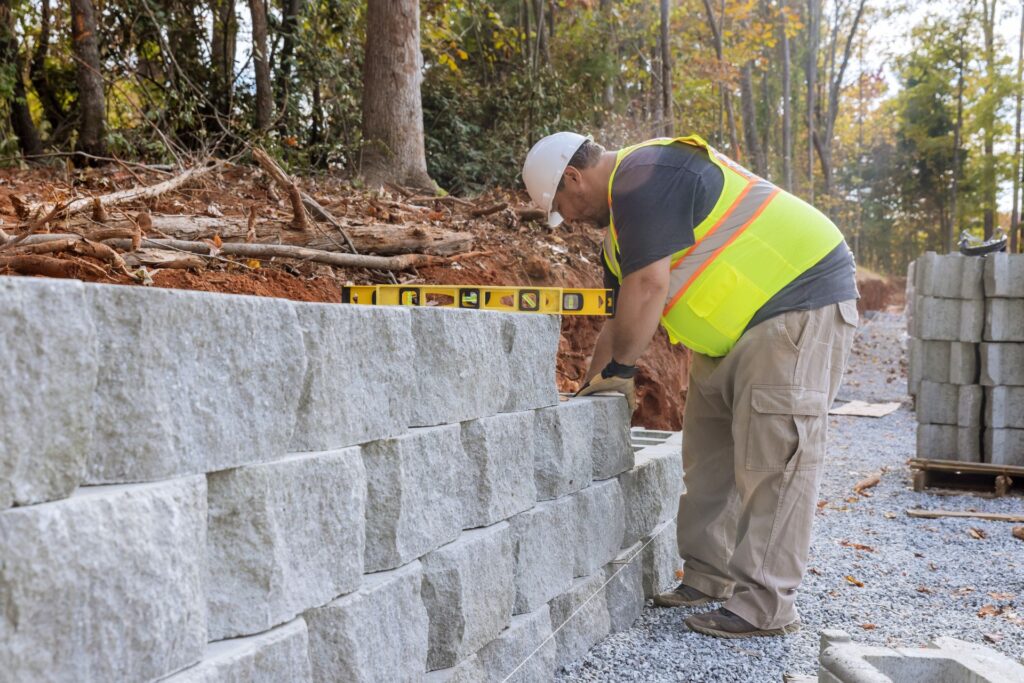
Regulatory And Legal Considerations
Building and maintaining infrastructure often involves rigorous legal and regulatory requirements to ensure safety and sustainability. One such critical aspect is the construction of retaining walls, particularly under the New Zealand Standard (NZS) 3604. This standard provides guidelines for timber-framed buildings in New Zealand, which can include specifics on structures like retaining walls. It’s essential for engineers, builders, and developers to fully understand and comply with these standards to avoid legal complications and to ensure the integrity of their projects.
Legal Implications of Non-Compliance with NZS 3604
Non-compliance with NZS 3604 can lead to significant legal implications for parties involved in the construction of retaining walls. These structures are critical for supporting soil laterally so that it can be retained at different levels on the two sides. The standard provides a framework for designing and constructing these walls to ensure they are safe and effective.
Failure to adhere to these guidelines can result in:
Safety Hazards: Improperly built retaining walls may fail, leading to potential injury or even fatalities.
Financial Penalties: Entities may face fines and sanctions if the constructed walls do not meet the stipulated standards.
Reputational Damage: Non-compliance can tarnish the reputation of the businesses and professionals involved, leading to loss of trust and future business opportunities.
Legal Actions: In worst-case scenarios, non-compliance can lead to lawsuits from affected parties, including homeowners, land developers, and even municipal entities.
Ensuring compliance involves rigorous planning, designing, and often, consultation with certified engineers who specialize in geotechnical and structural engineering.
Permitting Process and Inspections for Retaining Wall Construction
The permitting process for retaining wall construction is a critical step in ensuring that all building activities comply with local and national standards, including NZS 3604. This process generally involves:
Submission of Detailed Plans: Builders must submit detailed construction plans that adhere to NZS 3604 standards. These plans are reviewed by local authorities to ensure all aspects of the construction will meet legal and safety requirements.
Obtaining Permits: Once the plans are approved, builders can obtain the necessary permits to begin construction. This step is crucial as starting construction without the proper permits can result in legal actions and the halting of the project.
Regular Inspections: During the construction phase, retaining walls are subject to regular inspections. These inspections ensure the construction adheres to the approved plans and complies with NZS 3604. Inspectors can request adjustments or corrections if any deviations from the standard are found.
Builders and developers should remain proactive in engaging with local building authorities to streamline the permitting and inspection processes. It’s also advisable to maintain transparent communication channels with all stakeholders involved, including property owners and contractors, to ensure everyone understands their roles and responsibilities in compliance with NZS 3604.
Adhering to NZS 3604 when constructing retaining walls is not only a legal requirement but also a critical component of ensuring public safety and project success. Understanding the legal implications of non-compliance, navigating the permitting process, and passing necessary inspections are all essential steps in the construction journey. Builders, engineers, and developers must stay informed about these standards and incorporate compliance into their project planning and execution strategies to avoid potential legal issues and ensure the longevity and safety of their constructions.

FAQs: About NZS 3604 Retaining Walls NZ
Conclusion
When constructing retaining walls, adhering to the NZS 3604 standards is crucial for ensuring safety and structural integrity. These standards provide detailed guidelines that help to mitigate risks associated with soil retention and wall stability, making them indispensable in the construction process. It’s equally important to consult with qualified professionals who can offer expert guidance and ensure that your project complies with local building codes and standards. By doing so, you not only safeguard your investment but also contribute to a safer built environment. Embracing these practices will help ensure that your retaining wall is both durable and compliant, providing peace of mind and long-term value.
Find A Professional Retaining Walls Builder Near You!
- Retaining Wall Builders Kapiti
- Retaining Wall Builders Levin
- Retaining Wall Builders Lower Hutt
- Retaining Wall Builders Palmerston North
- Retaining Wall Builders Porirua
- Retaining Wall Builders Upper Hutt
- Retaining Wall Builders Wellington
- Retaining Walls Auckland
- Retaining Walls Nelson
- Retaining Walls Tauranga




